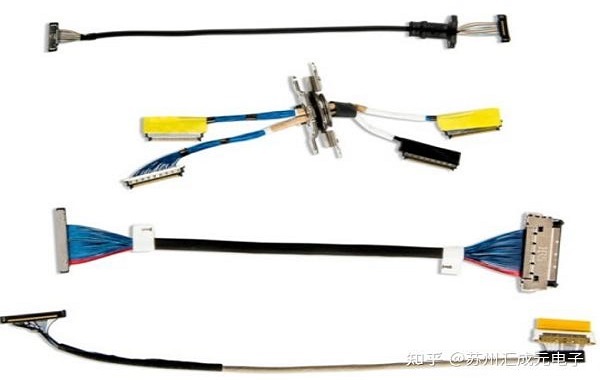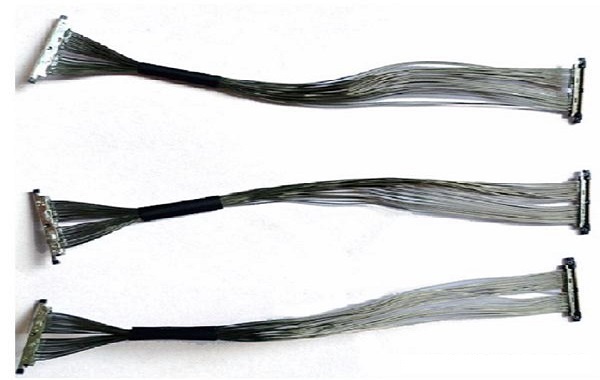In high-speed signal transmission and precision equipment, extremely thin coaxial cables (Micro Coaxial Cable) are widely used in camera modules, industrial robots, drones, and medical equipment due to their excellent shielding performance, precise impedance control, and high signal integrity. To ensure stable performance, systematic signal integrity testing and optimization are indispensable.

Common detection methods
Vector Network Analyzer (VNA): Measures insertion loss and return loss, evaluates impedance matching and signal stability.
TDR: Quickly locate impedance mutation points, cable damage, or connector defects.
High-speed oscilloscope: Observe waveform characteristics, check for overshoot, jitter, or spikes.
Use a multimeter and a simple signal source: preliminary verification of conductivity and grounding status, quickly eliminate basic problems.
5. Shielding performance test: Verify high-frequency anti-interference capability through anechoic chamber or EMC test.

Optimization Experience
Structural optimization: Use ground paddle cards to shorten the ground wire return path, improve impedance matching accuracy, reduce crosstalk and reflection.
Material and Technology: High-quality medium materials and precise shielding dimensions help maintain consistent impedance and good EMI suppression performance.
Flexibility and anti-interference: The ultra-thin coaxial cable is superior to traditional FPC in terms of flexibility, has strong anti-interference ability in high-frequency transmission, and is suitable for space-limited environments.

Section 3: Recommended Detection Process
1. Basic inspection: use a multimeter to measure conductivity and grounding to exclude short circuits or open circuits.
Waveform Analysis: Observe signal amplitude, rise time, and jitter using an oscilloscope.
Impedance evaluation: Measure insertion loss and return loss with VNA to determine impedance matching.
4. Fault location: Use TDR to locate impedance mutations or fault points.
5. High-frequency shielding verification: Confirm the anti-interference ability through an anechoic chamber or EMC test.

Through hierarchical detection and optimization of structure and material, the signal integrity of ultra-fine coaxial beam can be fully guaranteed. From basic connectivity to waveform quality, to impedance matching and shielding performance, every step ensures stable and reliable operation of high-speed signals in space-limited devices.
I am
Suzhou Huichengyuan Electronic Technology Co., Ltd.,Long-term focus on the design and customization of high-speed cable harnesses and ultra-fine coaxial cable harnesses, providing customers with stable and reliable high-speed interconnection solutions. For more information or customization services, please contact:
Manager Zhang 18913228573 (WeChat number)。



